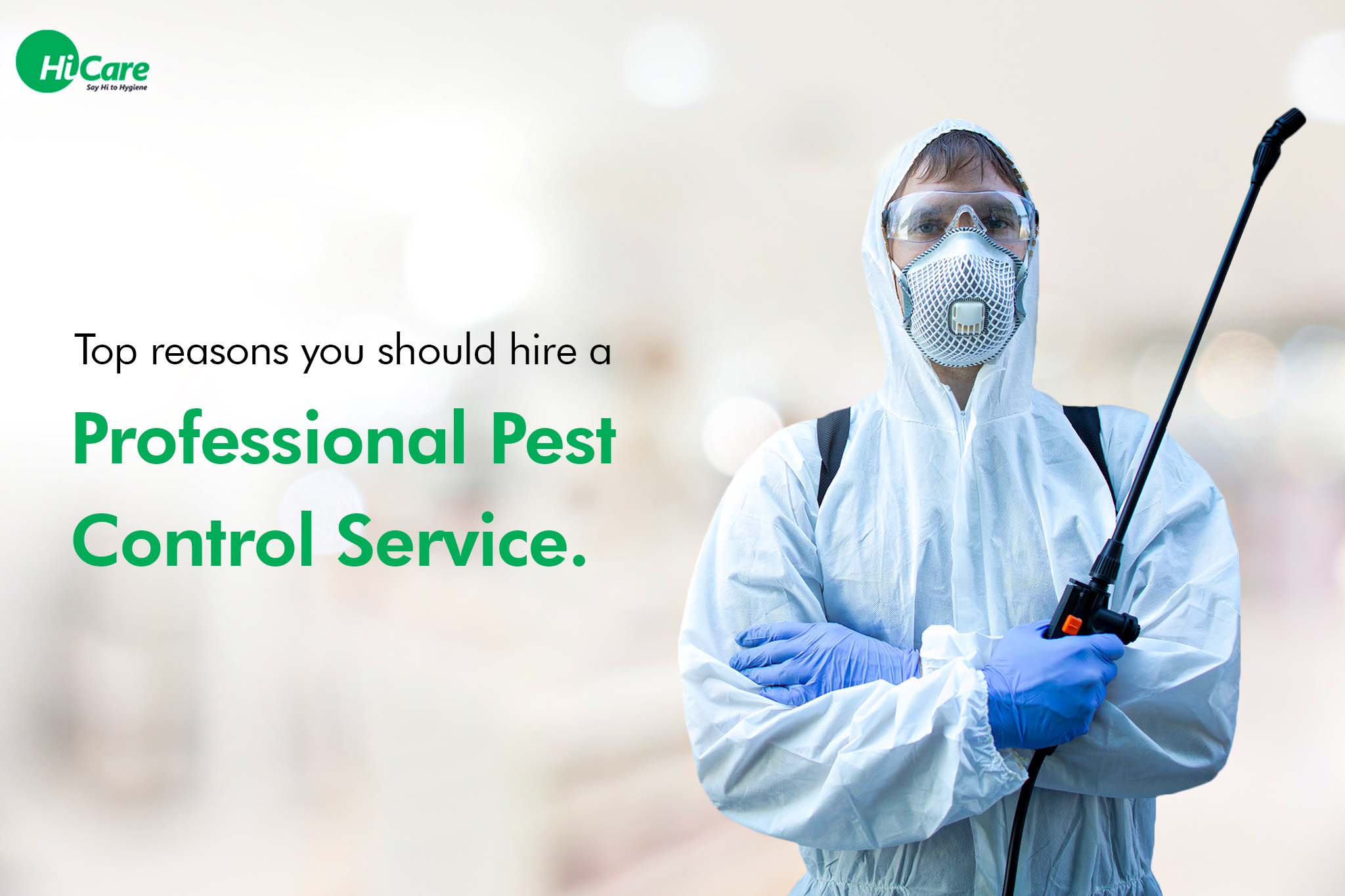Experienced A1 Exterminators Charlotte NC - Quick and Reputable Solutions
Experienced A1 Exterminators Charlotte NC - Quick and Reputable Solutions
Blog Article
Bed Pest Treatment Break Down: Contrasting Chemical Vs. Non-Chemical Solutions
In the world of bug control, specifically when managing the consistent concern of bed insects, the choice in between chemical and non-chemical treatment solutions can be a crucial one. Both techniques offer distinctive advantages and downsides, influencing elements such as performance, security factors to consider, and general expense. By checking out the nuanced details of each approach, a clearer understanding of which course to pursue in dealing with a bed pest infestation can be achieved.
Performance of Chemical Therapies
Chemical therapies for bed bug problems have been widely acknowledged for their quick and powerful efficiency in getting rid of these parasites. When thinking about the effectiveness of chemical therapies, it is important to understand that they can supply a comprehensive and quick solution to a bed bug issue. Professional pest control experts frequently count on pesticides to target bed bugs at different phases of their life process, including eggs, nymphs, and grownups. These chemicals commonly work by interfering with the bed insects' nerves, bring about paralysis and eventual death.
Additionally, chemical treatments have the advantage of offering recurring effects, implying that they can continue to get rid of bed insects also after the preliminary application. This residual activity is particularly helpful in combating any kind of possible re-infestations. Furthermore, the quick action of chemical therapies can bring relief to people dealing with severe bed pest infestations, allowing them to restore control of their home quickly.
Security Worry About Chemical Solutions
One crucial aspect that calls for careful factor to consider when using chemical remedies for bed pest therapy is ensuring the safety and security of residents and the atmosphere. Direct exposure to specific chemicals made use of in bed pest treatments can lead to breathing problems, skin irritation, or various other negative reactions, particularly in people with pre-existing conditions or level of sensitivities.
Additionally, the ecological influence of chemical remedies is another significant consideration. Some chemicals utilized in bed insect treatments may be harmful to useful bugs, wildlife, and environments if they seep into the soil or water systems. It is vital to utilize chemical therapies sensibly, following safety standards, and taking into consideration much less hazardous options to reduce these risks and make certain the reliable and safe monitoring of bed bug problems.
Advantages of Non-Chemical Methods
Considering the possible safety concerns and environmental impact linked with chemical services for bed insect treatment, checking out non-chemical techniques presents an appealing choice with a number of distinctive advantages. Non-chemical techniques provide a safer alternative for families, particularly those with pet dogs, individuals, or youngsters conscious extreme chemicals. These methods remove the threats of exposure to harmful compounds, minimizing the capacity for adverse wellness results. Moreover, non-chemical therapies are environmentally pleasant, as they do not add to air or water contamination, making them a sustainable A1 bed bug treatment in charlotte option for insect control.
Additionally, non-chemical solutions can be efficient in targeting bed bugs, including hard-to-reach locations where chemical therapies may not pass through - A1 exterminator charlotte nc. Methods such as warm therapy, vacuuming, steam cleansing, and mattress coverings provide extensive removal without the use of unsafe chemicals.
Limitations of Non-Chemical Treatments

Furthermore, non-chemical treatments commonly call for numerous applications to accomplish successful obliteration. This can be taxing and may not constantly guarantee full removal of all bed insects and their eggs, specifically in covert or hard-to-reach areas.
Furthermore, the success of non-chemical therapies heavily relies upon correct application and thoroughness, which can be testing for people without specialist know-how. Insufficient application of non-chemical methods may cause insufficient obliteration, causing consistent invasions and the requirement for extra therapies.
For that reason, while non-chemical treatments have their benefits, it is vital to recognize these constraints and consider them when determining one of the most effective method for handling bed pest problems.
Expense Contrast: Chemical Vs. Non-Chemical Options
Given the restrictions connected with non-chemical treatments, a necessary facet to assess in the context of bed insect management is the price contrast between chemical and non-chemical choices. Chemical therapies commonly entail the application of insecticides by experts, which can vary from $250 to $900 per area, relying on the seriousness of the problem and the dimension of the area to be treated. On the other hand, non-chemical therapies like heat treatment or heavy steam can be a lot more pricey, with costs varying from $1,000 to $6,000 for a whole home. While the initial cost of chemical treatments may appear reduced, multiple therapies may be needed to totally eradicate the infestation, potentially boosting the overall price. On the various other hand, non-chemical options may supply a more environmentally friendly and sustainable service, although they can be cost-prohibitive for some individuals. Ultimately, when taking into consideration the price of bed insect treatment choices, it is essential to evaluate the in advance costs versus the performance and lasting sustainability of the picked technique.
Verdict

Thinking about the potential safety and security worries and environmental impact connected with chemical services for bed bug therapy, checking out non-chemical strategies offers an encouraging option with several unique benefits.Provided the limitations connected with non-chemical treatments, a crucial facet to evaluate in the context of bed bug administration is the cost comparison between chemical and non-chemical options. In contrast, non-chemical therapies like heat treatment or steam can be much more costly, with expenses ranging from $1,000 to $6,000 for a whole home. While the first expense of chemical therapies may seem lower, numerous treatments might be called for to totally eradicate the invasion, possibly boosting the total cost.In verdict, when contrasting chemical and non-chemical bed pest therapy alternatives, it is important to think about efficiency, security, advantages, constraints, and price.
Report this page